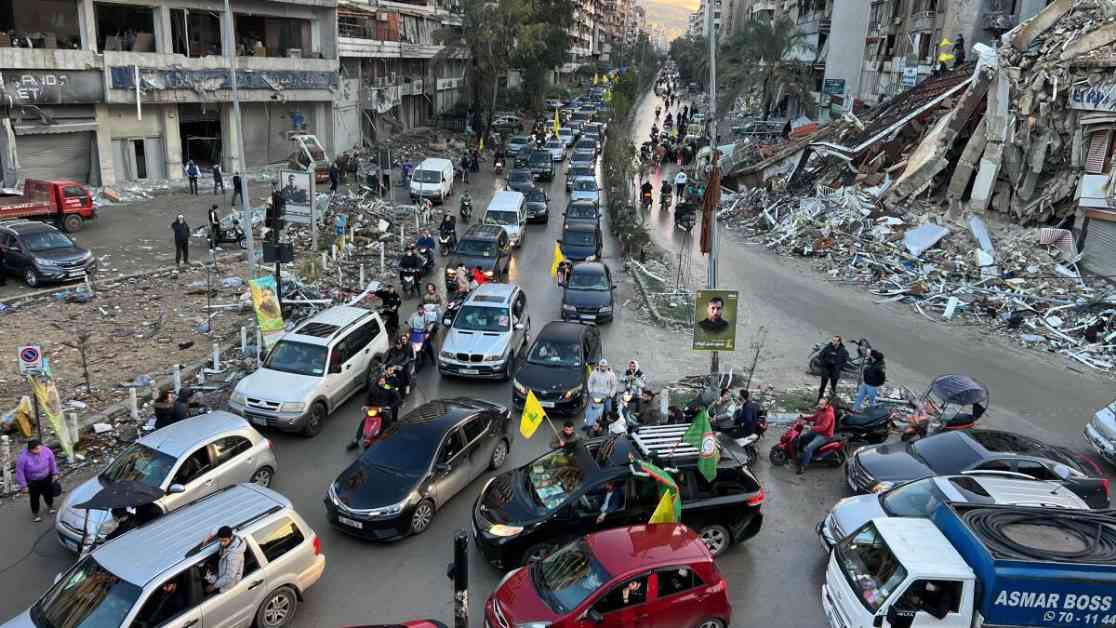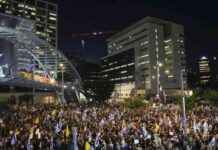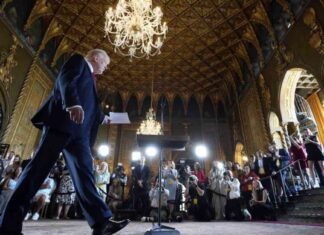War is often more felt than seen, and as the cease-fire between Hezbollah and Israel took effect, the absence of the familiar buzz of Israeli drones in Beirut was a stark reminder of the recent conflict. Ibrahim Najdi, a home supplies merchant, stood amidst the rubble of his destroyed warehouses in the Hezbollah-dominated suburbs of Beirut, reflecting on the 70 days of relentless Israeli bombardment that had left his livelihood in ruins. Despite the devastation, Najdi was determined to salvage what he could from his shop, which miraculously survived the airstrikes.
As the cease-fire ushered in a moment of peace, thousands of displaced individuals began the journey back to their homes in Lebanon’s south. The sight of cars packed with belongings and families heading southward mirrored the exodus that occurred just months earlier. Shelters in cities like Saida, which had provided refuge for many displaced individuals, saw a significant decrease in occupants as people opted to return to their homes, even if they had been damaged or destroyed in the conflict.
The cease-fire agreement, brokered with the help of the U.S. and France, outlined a phased withdrawal of Israeli troops from south Lebanon and a retreat of Hezbollah fighters beyond the Litani River. The Lebanese army was tasked with deploying 5,000 soldiers to maintain security in the region and extend state authority with the support of U.N. peacekeeping forces. While the agreement signaled a moment of respite, sporadic incidents highlighted the fragility of the truce, with Israeli troops firing warning shots and imposing curfews in some areas.
Despite the challenges ahead, many Lebanese expressed relief and jubilation over the cease-fire. Streets filled with celebratory motorcades, waving flags, and citizens filming the aftermath of the destruction on their smartphones. The conflict between Israel and Hezbollah, which escalated following an initial attack by Hamas, had taken a heavy toll on both sides, resulting in casualties and widespread destruction. The toll of the war weighed heavily on individuals like Najdi, who had endured multiple conflicts in his lifetime and now faced the daunting task of rebuilding from scratch.
The aftermath of the conflict left over a million people displaced and an estimated $8.5 billion in damages, with nearly 100,000 housing units destroyed. The World Bank’s assessment underscored the urgent need for reconstruction efforts and international support to aid Lebanon in its recovery. While the focus had been on securing the cease-fire, attention now turned to the daunting task of rebuilding shattered communities and restoring hope to those who had lost everything.
As Lebanon grappled with the monumental challenge of reconstruction, aid organizations emphasized the importance of investing in the country’s recovery to rebuild infrastructure and provide assistance to families in need. The Lebanese government faced the daunting task of formulating concrete plans for reconstruction amidst an already fragile economic landscape. The road ahead was uncertain, but the resilience and determination of individuals like Najdi reflected the spirit of a nation rebuilding from the ashes of conflict.



























